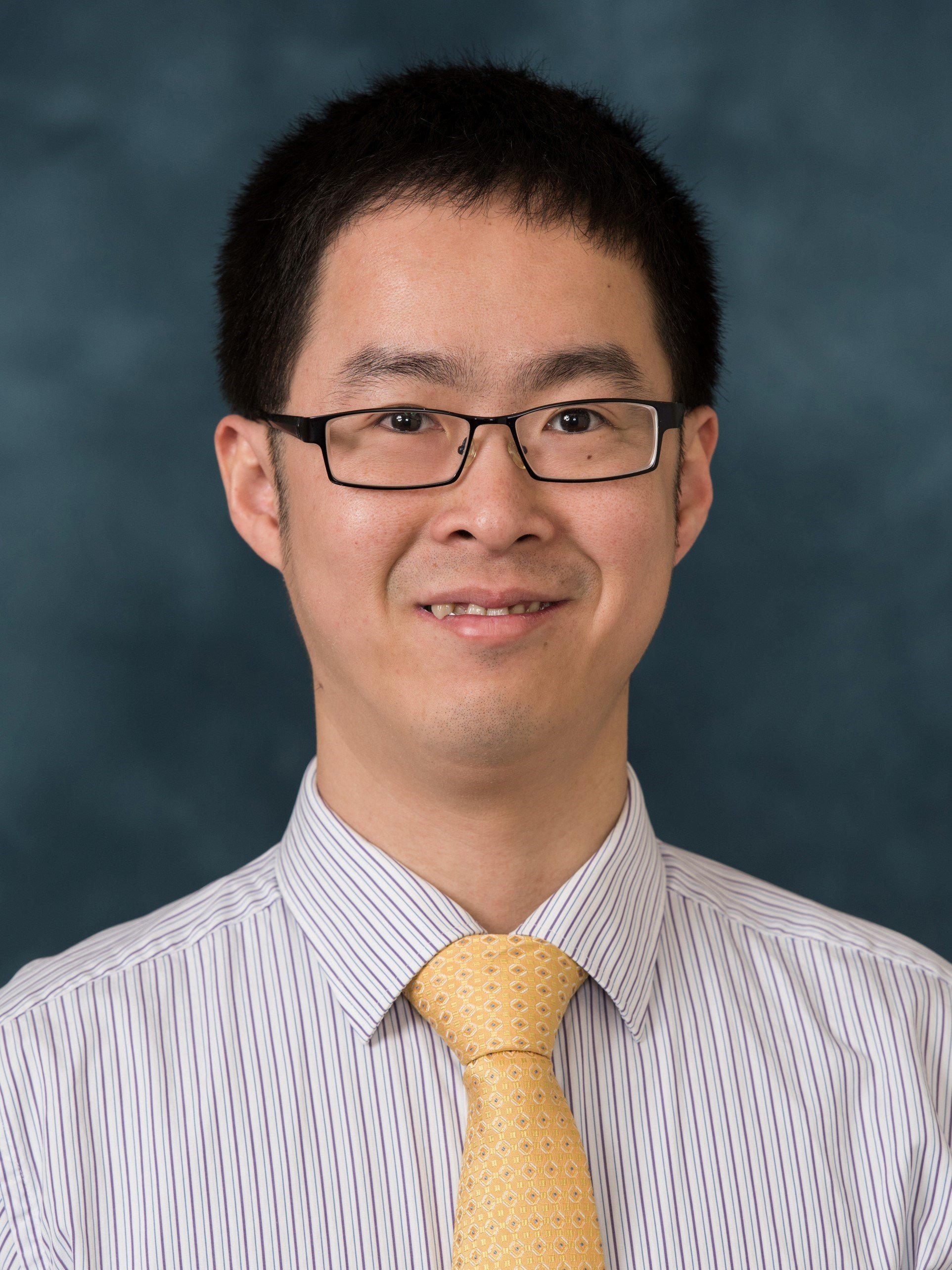Need Help?
17 December 2021
Meet the Editors | Interview with Prof. Dr. Hao Hong—Editorial Board Member of Tomography
Thank you for accepting our invitation for the interview. This interview is comprised of two parts, mainly concerning your research and editorial work. We believe your scientific experience can inspire young researchers and your editorial experience will have a great impact on the development of science.
Part I—Regarding your research field:
1. Could you please introduce yourself and your research field?

I am Prof. Dr. Hong from the School of Medicine, Nanjing University. I received my Ph.D. degree from the School of Life Sciences at Nanjing University in 2008 and then worked as a postdoctoral researcher and assistant researcher in the Department of Radiology at the University of Wisconsin-Madison, where I later became an assistant professor in 2014. I am mainly engaged in the research of tumor diagnosis and treatment reagents based on metal–organic framework materials and other biomedical materials. In order to achieve accurate detection and effective killing of tumors and their metastases, our research group has adopted nanomaterials that can be used in different imaging technologies (such as PET/MRI/photoacoustic/fluorescence/CT/Raman imaging, etc.) and detected via chemical or biological methods to study the interaction of these materials with tumor tissue cell subgroups and use them to activate tumor-related immune responses for the optimal diagnosis and treatment of tumors.
2. What is the future development direction of this field?
At present, the research prospects in this direction are very good. Students and researchers are encouraged to carry out research on diagnostic reagents and tumor treatment.
3. Which research topics do you think will be of particular interest to researchers in the coming years?
In this research field, the direction of nuclear medicine will definitely be a hot research topic in the next few years. For nuclear medicine, researchers can pay more attention to the research of medical isotopes, the clinical application of nuclear medicine, and the research of tumor therapeutic reagents and probes.
Part II—Regarding your work for Tomography:
1. Tomography was transferred to MDPI in January 2021. What circumstances led to you becoming an Editorial Board Member of our journal?
When I was an independent PI at the University of Michigan, I was a colleague of Prof. Dr. Brian D. Ross, the founder of the journal. At the invitation of Prof. Dr. Brian D. Ross, I became the first group member of the editorial board of the journal. In the early stage of journal development, I reviewed manuscripts for the journal.
2. As an Editorial Board Member of Tomography, do you have any suggestions or opinions regarding the development of the journal?
In the second year after receiving an IF, the journal IF has increased 156% from the previous year, which is a substantial qualitative leap. As an Editorial Board Member, it is a great honor to witness the rapid development of this journal. I am happy and I have high hopes for the future development of the journal. The journal still has to increase its popularity in the field and expand the journal market while still strictly controlling the quality of journal articles.
3. Do you plan to edit a Special Issue or submit a paper to Tomography this year?
Due to time constraints this year, plans for Special Issues or submissions will be temporarily postponed. I am planning to launch a Special Issue related to my research field for this journal next spring. Although there are no submissions planned for this year, I will continue to review manuscripts for this and other journals.
4. As an Editorial Board Member, what do you think needs to be further improved by Tomography compared to other journals in the field? Could you give us some suggestions regarding our shortcomings?
Journals in this research field currently have limited visibility, but their development prospects are very good. This journal can potentially be greatly developed by inviting the existing editorial board team to submit manuscripts and publish cutting-edge research and novel articles in the field to attract the attention of relevant readers, gain more attention, and increase the visibility of the journal in the field. Exploring different topics can attract additional researchers to contribute. Another recommendation is to find relevant associations and conferences to establish cooperative relationships, in order to increase the number of journal submissions.

